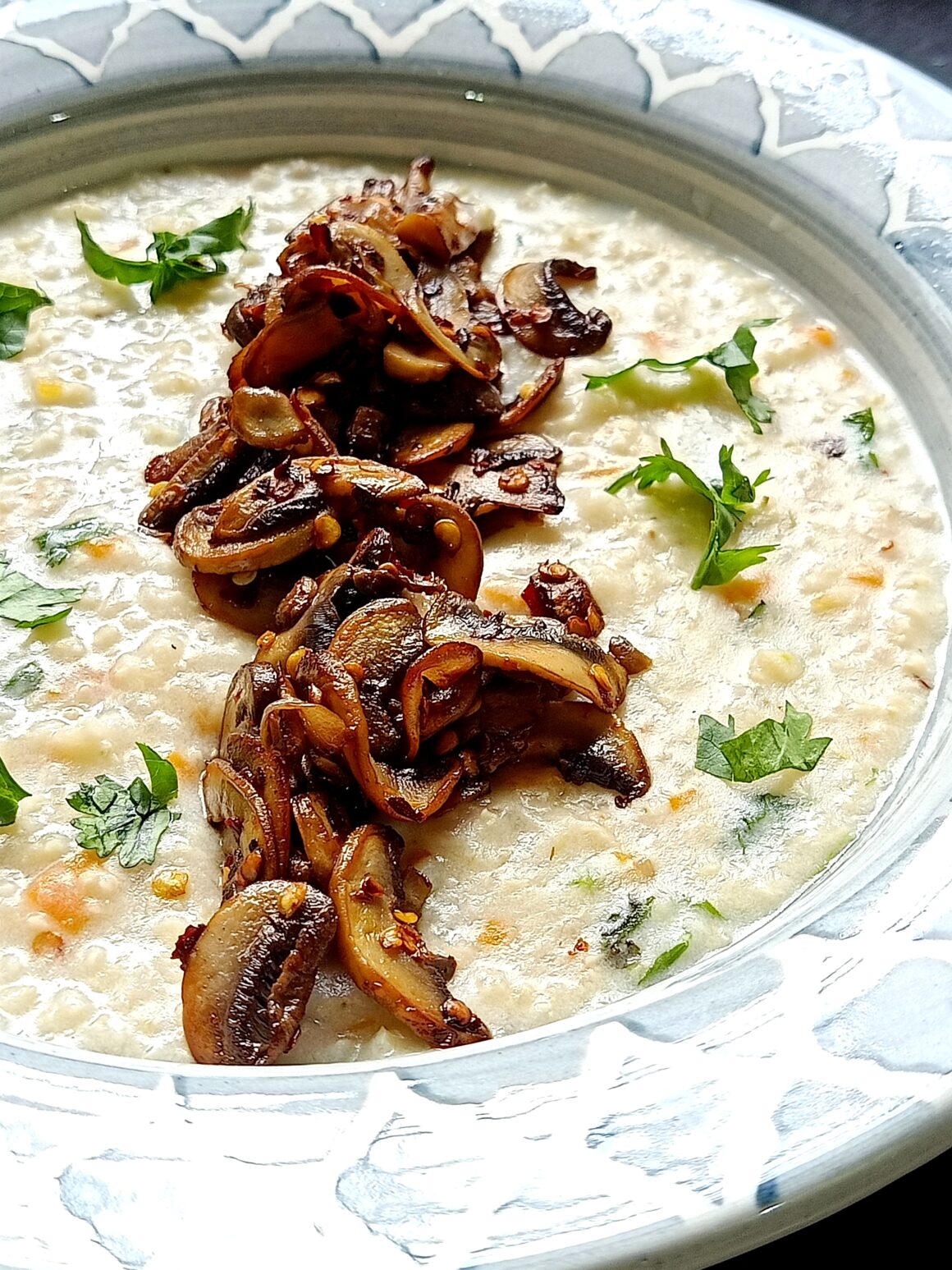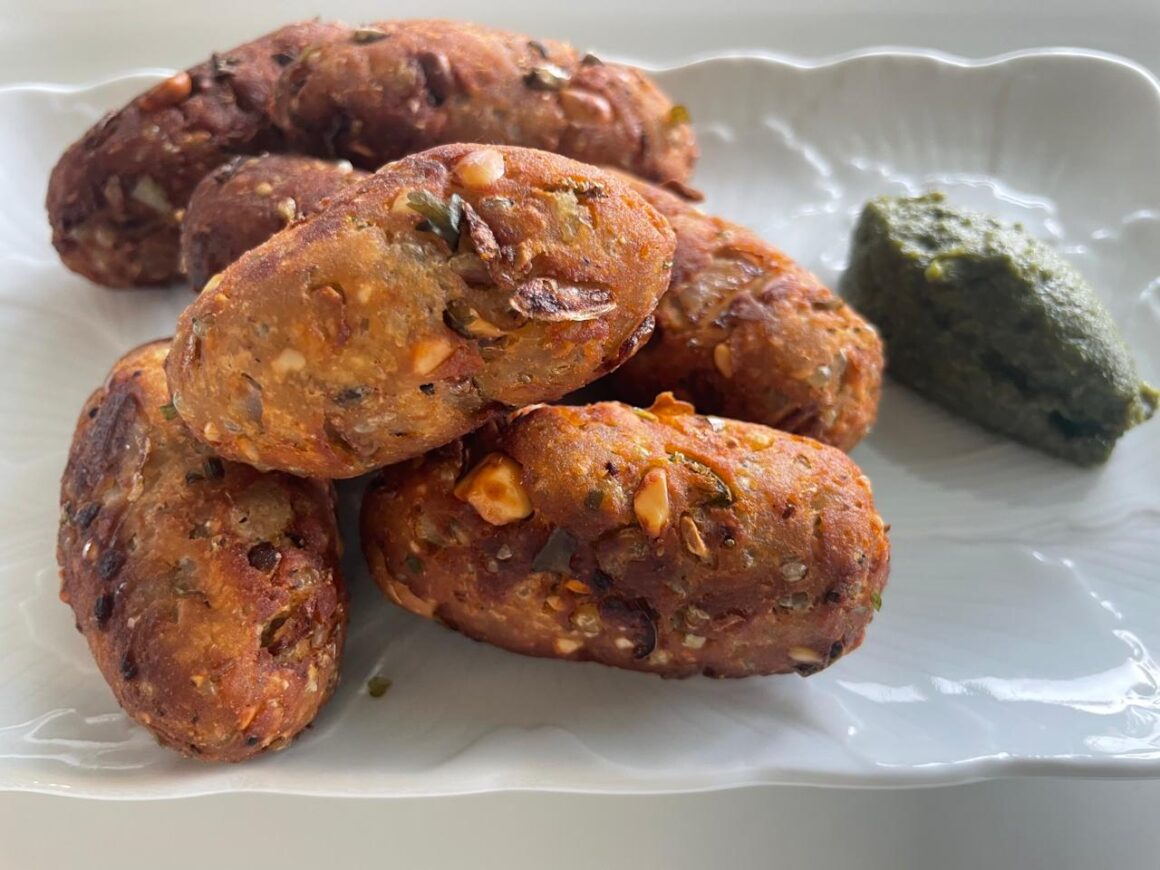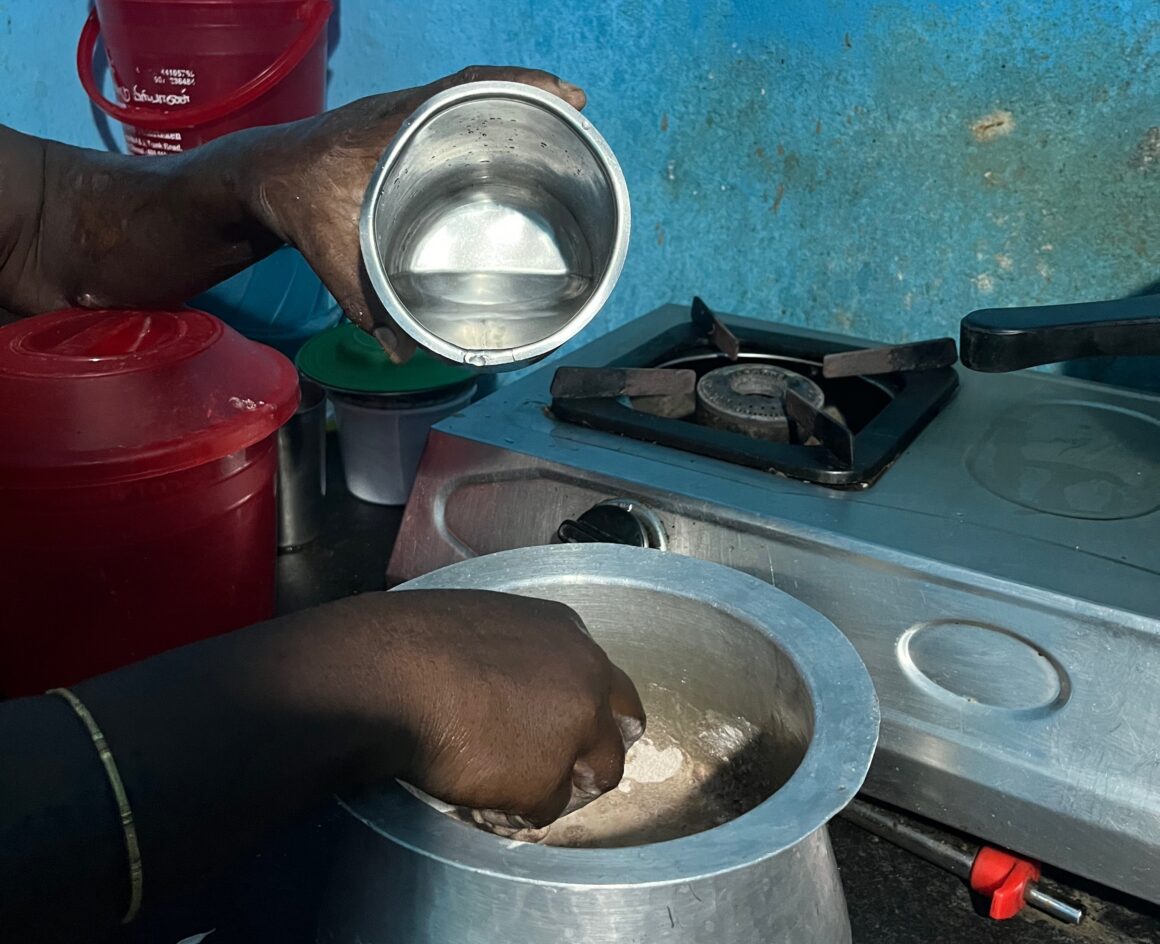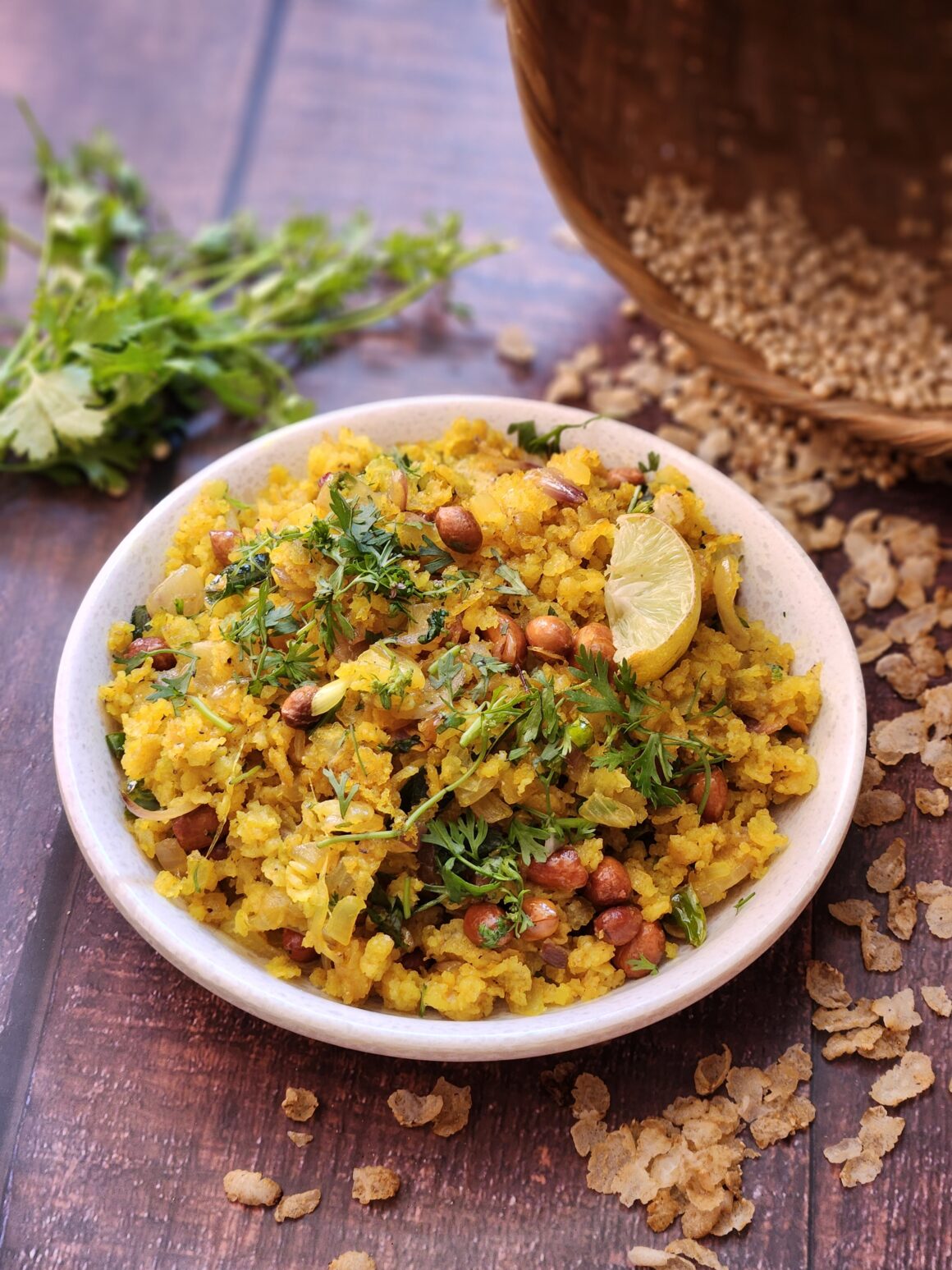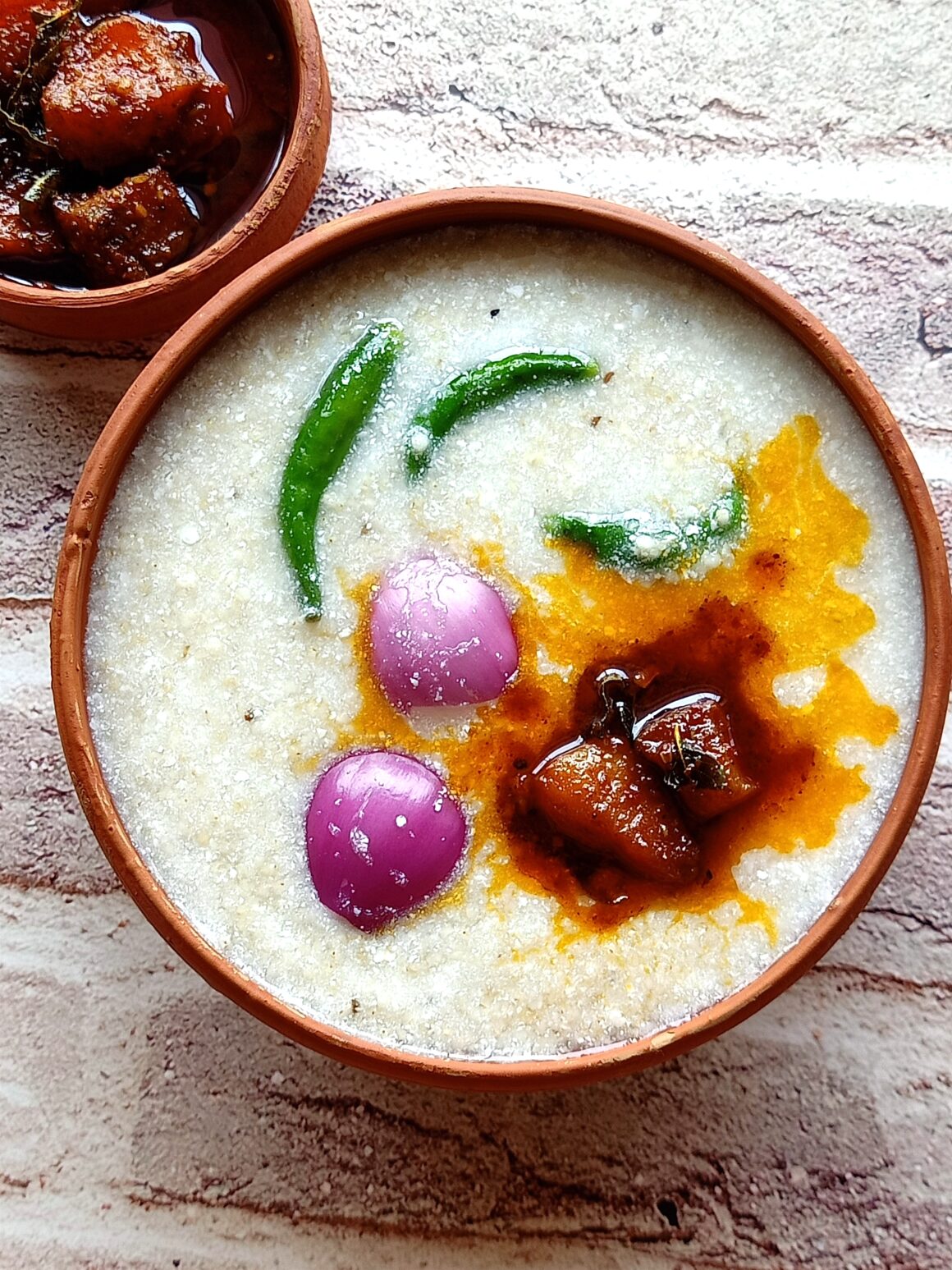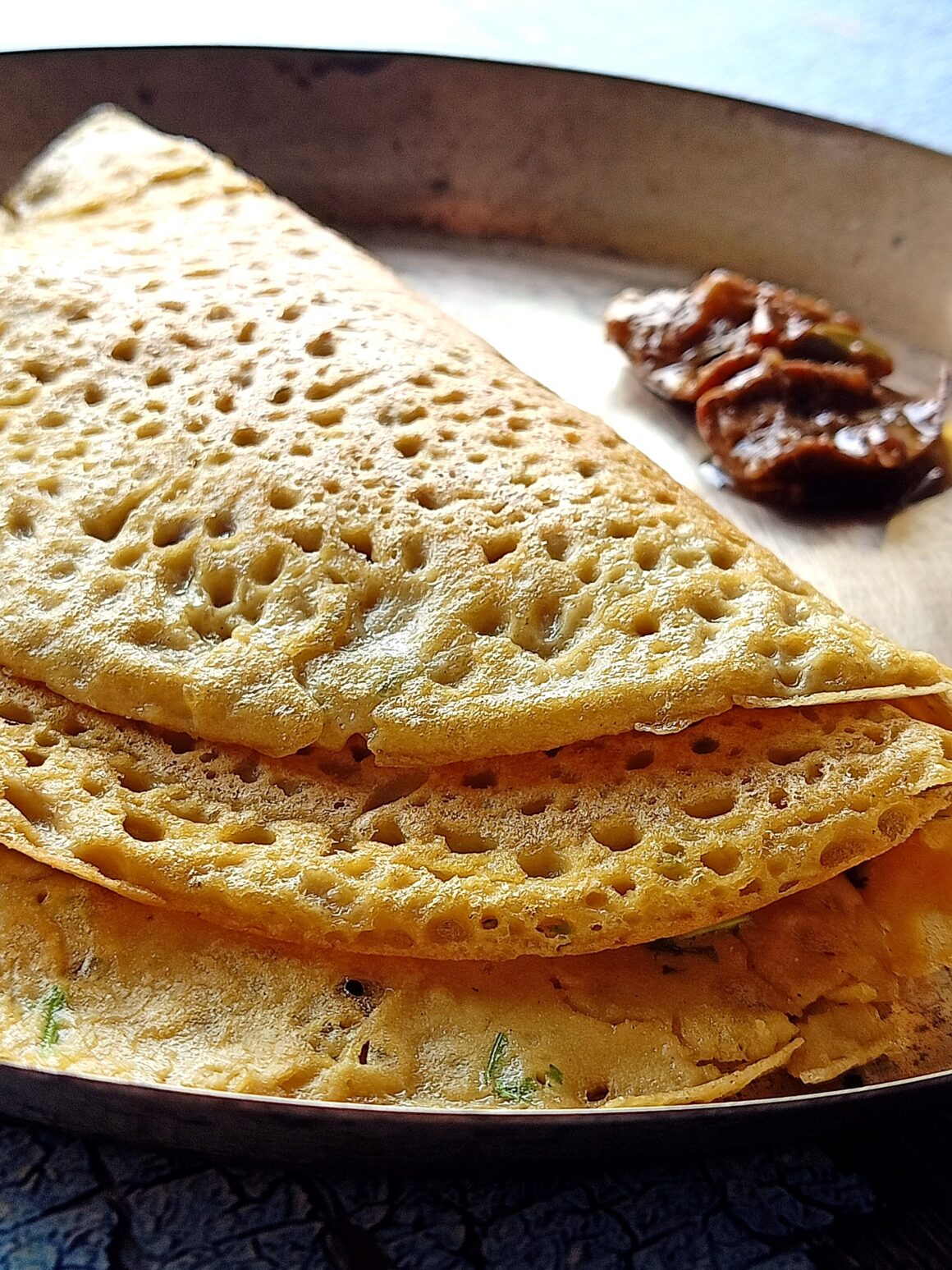A Slow-moving Crisis Below the Threshold of Disaster
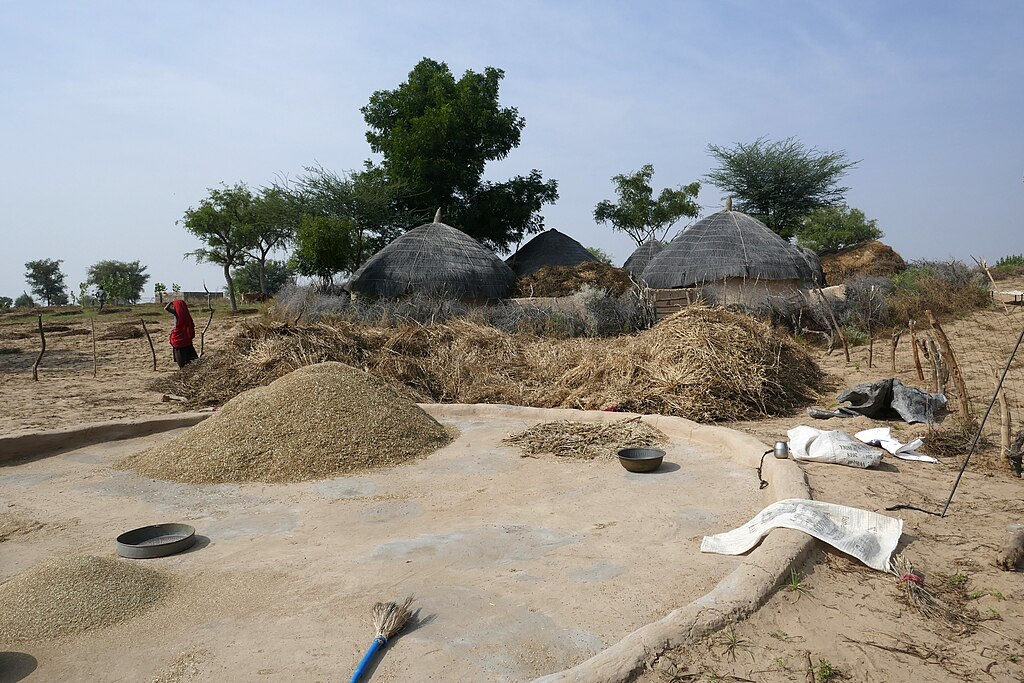
How do tastes and desires, social hierarchies, access to resources, and public policy intersect to create complicated lived realities? Dr. Bhrigupati Singh explores some of these questions in the context of wheat and millets through his ethnographic research in Shahabad, Rajasthan.
